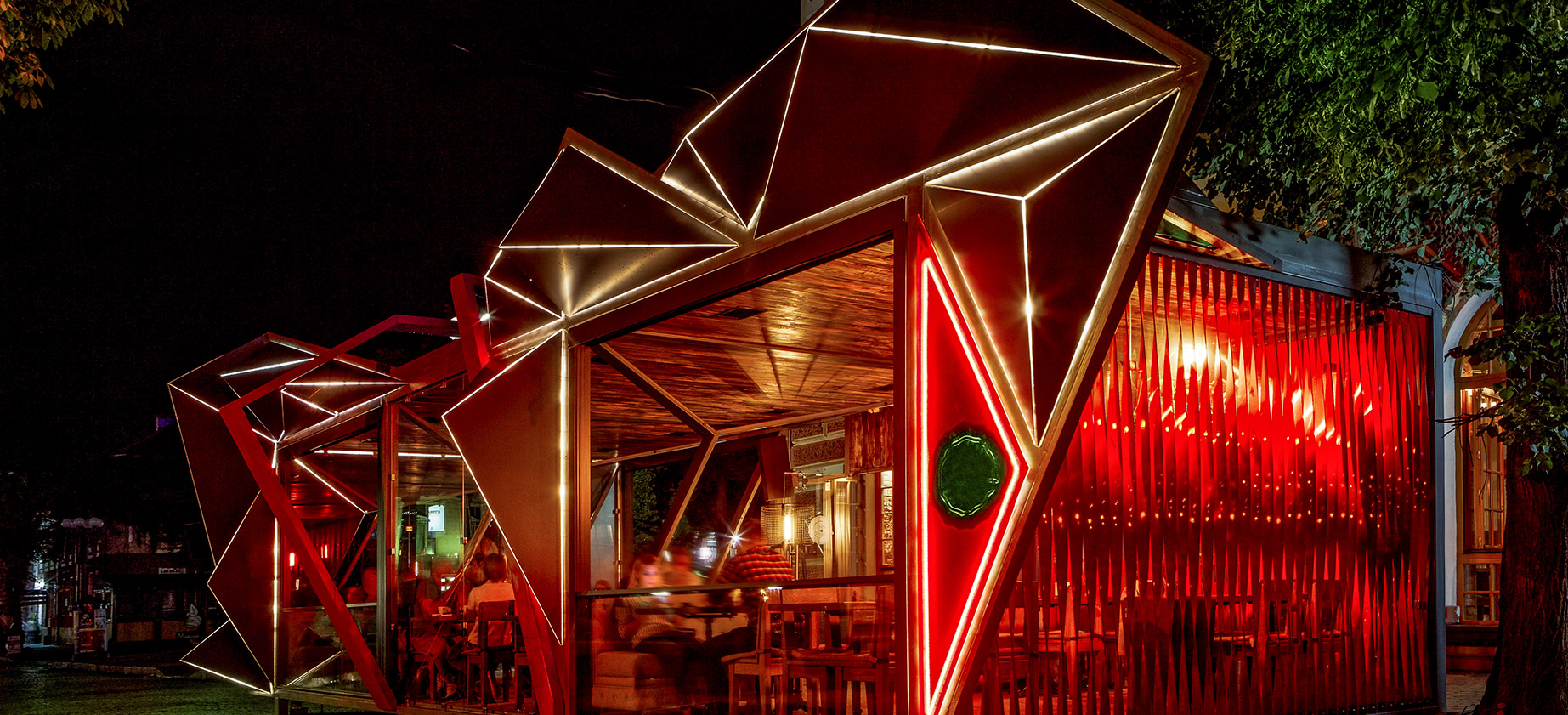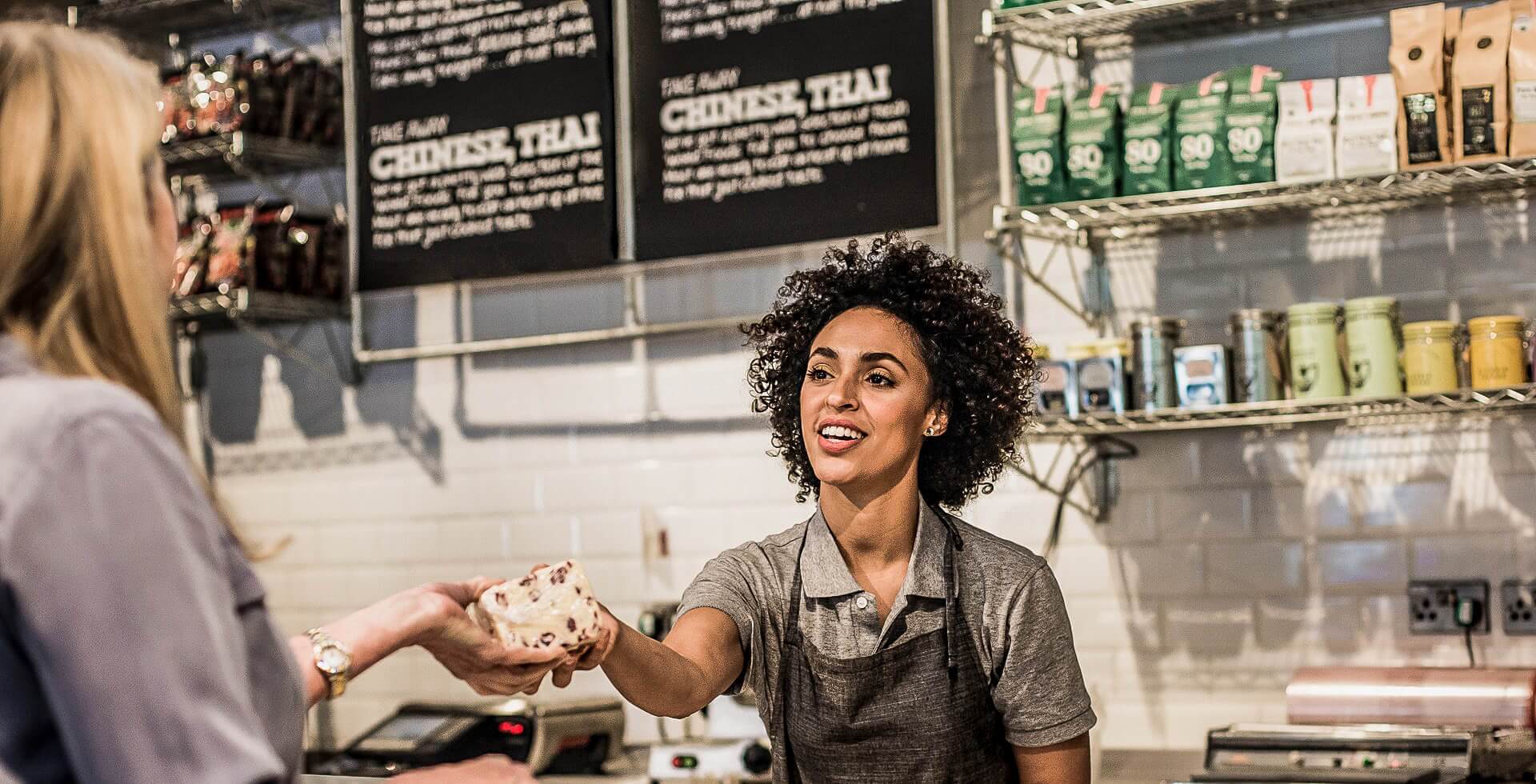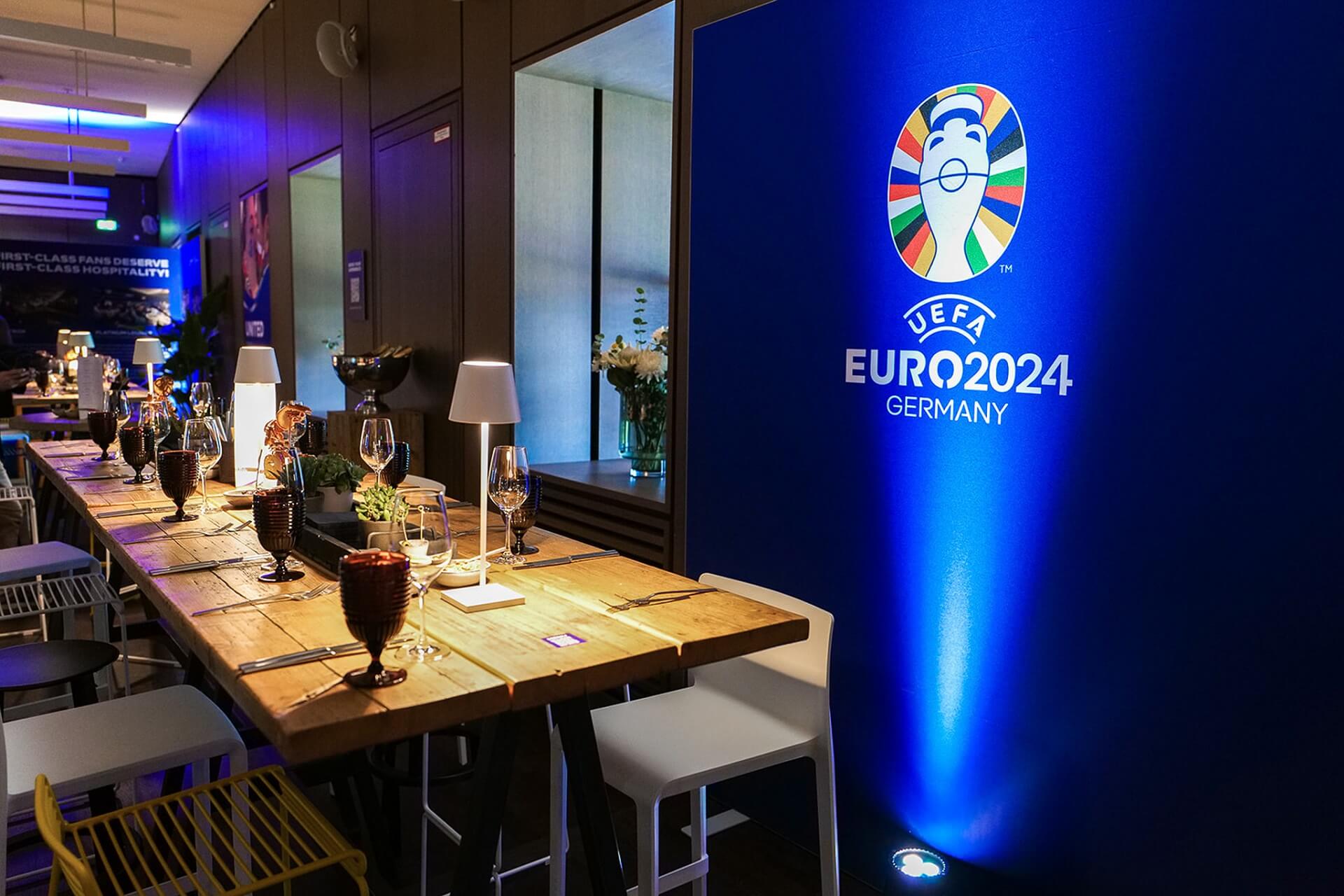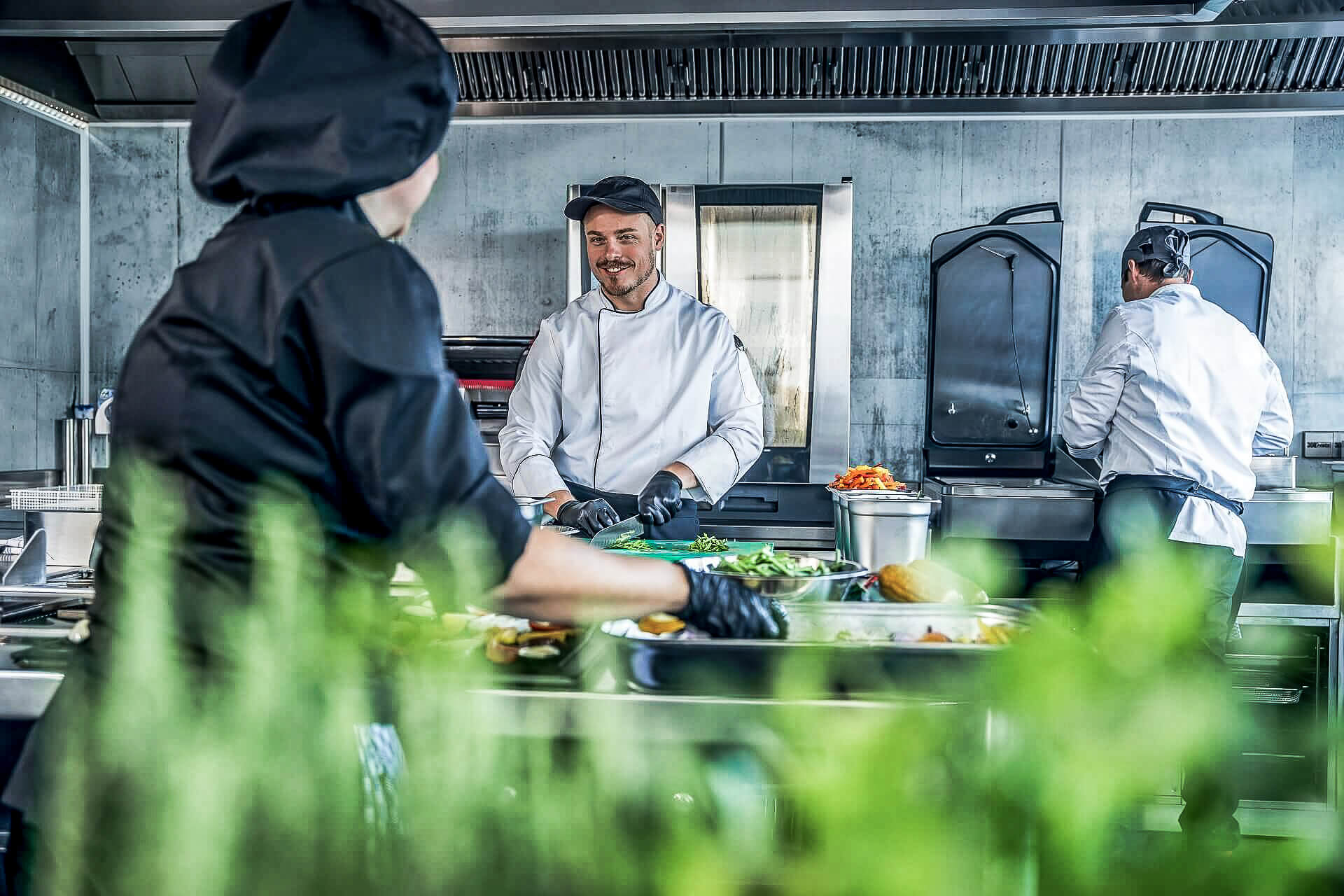Mr. Ruhl, give us a possible scenario for restaurants in the year 2050!
“Resources are getting progressively more scarce, which means the products on offer have changed completely. Even today, 75% of the world’s fish resources have already been depleted or destroyed. Simpler restaurants and snack shops are serving insects rather than beef, plankton instead of spinach. Algae and fish from self-sustaining aquariums. Real beef, pork, chicken, and seafood are rare products, reserved for fine dining and a well-to-do elite. In-vitro meat is available as well. Long-range transportation of food is forbidden, and so is factory farming. Many restaurants are growing their ingredients themselves; others come from local farms set up on the rooftops of the megacities. In restaurants, chefs have to learn how to prepare these new ingredients. To save energy, there’s a lot of fermenting, marinating, eating foods raw.”
And how do you picture the back office of the future – reservations, bills, etc.?
“After decades of suffering through the no-show problem and hoping for walk-ins, restaurants now use a ticket system like they use for movies or at the theater. If you don’t show, you lose the ticket, though you can also give it to someone else. Every restaurant also has a walk-in area with an active host. Digital networking has advanced to the point that people who are in the area and planning on going out to eat are identified through algorithms, and the restaurants actively reach out to them through media. Billing is done in cybercurrency. There’s no such thing as cash anymore. The system forwards taxes directly to the finance empire with each transfer.”

Thomas Ruhl | Image: Thomas Ruhl
Speaking of payment, can people afford to go out to eat at all in 2050?
“That depends. Everyday life has gotten more stressful for everyone. A lot of people have two jobs and are sharing apartments, many of which don’t have kitchens due to lack of space. Most people eat in cookshops, like they’ve always had in Asia.”
So going out for a fancy meal is a total luxury?
“Right. In 2050, luxury is defined on a purely hedonistic basis. Status symbols are out. In 2050, Rolexes are worthless. People who have money don’t show it outwardly – they indulge in things that are good for their bodies, spirits, and palates. Fine dining is part of that. A feel-good refuge from everyday life. Without all the traditional luxury, but great food and extremely friendly staff, and a relaxed atmosphere. Fine restaurants use a wide array of digital media networking tools. The system uses facial recognition to identify customers when they walk in, and reveals their personal preferences – even their secret desires – which makes perfect individualized service possible. And not just that: at their seats, customers dive into a cyberspace that has created a program just for them.”
Surely that requires specially trained staff, though.
“Depends. Fast-food restaurants are completely automatic, no staff at all. Deliveries are made by drones. And then there are hosts, people who combine the traditional roles of chef and waiter. Hosts have learned to serve guests, to entertain them, and to prepare food and drinks for them. It’s a logical progression from line production and the Redzepi concept: chefs serve what they prepare themselves. Learning to become a host includes a lot of training on using digital media. Hosts are paid a percentage of revenue. Digital transparency shows them which restaurants they would be successful in, as well as the other way around – it shows employers which hosts would be the best employees for them.”












